It starts beneath the skin, long before the breakout appears
You feel it before you see it.
A deep, tender spot under your jaw or cheek.
It doesn’t surface right away.
It lingers, pulsing, growing quietly.
You already know it’s hormonal—because it’s not your first.
And it won’t be your last.
It shows up in patterns your skincare routine can’t fix
You cleanse.
Exfoliate.
Apply the cream.
Still, the cystic bump returns in the same place, month after month.
It’s not clogged pores.
It’s something deeper—hormones shifting without your permission.
And they leave their signature just under the skin.
Estrogen drops and androgens rise—and your skin responds
Right before your period, estrogen dips.
Androgens like testosterone step forward.
Oil production increases.
Pores fill.
Inflammation builds.
And your jawline pays the price.
This isn’t about hygiene.
It’s about biology.
Stress feeds the fire through cortisol and oil production
You stay calm on the surface.
But inside, cortisol rises.
The body thinks you’re under threat.
So it produces more oil.
And oil feeds breakouts.
Stress doesn’t just live in your mind—it carves itself into your skin.
Dairy and sugar may be subtle triggers you haven’t noticed yet
You eat clean.
Or you think you do.
But milk, cheese, and whey protein stimulate insulin and IGF-1.
Which boost sebum.
Which blocks pores.
Sugar spikes insulin too, then crashes energy—and clarity.
You don’t have to cut everything.
But noticing what changes your skin changes everything.
Your gut and your skin speak the same language
When digestion falters, the skin follows.
Bloating.
Irregular bowel movements.
Food sensitivities.
They may not show on tests, but your skin tells the truth.
Poor gut health can disrupt estrogen clearance.
And your face becomes the message board.
Birth control might help—or make things worse
Some pills suppress androgens.
Others spike estrogen.
For some, breakouts disappear.
For others, they worsen.
Stopping the pill can trigger worse flare-ups.
You won’t know until you try.
And it might take trying more than once.
Synthetic treatments can help, but they don’t always heal
Spironolactone reduces androgen activity.
Accutane shuts down oil glands.
Both work—but not always gently.
And not always permanently.
They address the symptoms.
But not always the imbalance.
That’s why so many people relapse.
You can’t scrub away a hormone imbalance
Topicals soothe, but don’t prevent.
Acne returns when the body replays the same internal pattern.
Cleanser helps.
But it’s not a cure.
Your skin’s issue starts before the breakout ever reaches the surface.
Herbs and adaptogens offer slower, deeper support
Spearmint tea may lower testosterone.
Chasteberry can support progesterone levels.
Maca balances estrogen.
Licorice root supports the adrenal system.
These don’t offer overnight results.
But they nudge the body gently toward regulation.
And your skin often follows.
Zinc, omega-3s, and probiotics rebuild more than just skin
Zinc reduces inflammation.
Omega-3s cool the fire beneath the surface.
Probiotics support the gut—and by extension, the skin.
These don’t replace prescription meds.
But they create a foundation that medication alone can’t build.
Cycle tracking helps more than most realize
You start seeing patterns.
Day 21?
Breakout.
Day 2?
Clear skin.
Knowing when flare-ups come helps you support the body in advance.
You don’t wait—you prepare.
And preparation changes outcomes.
What works for one person might worsen things for another
There’s no universal plan.
You’ll hear success stories for supplements that made you break out.
Or diets that didn’t change a thing.
Skin is personal.
Hormones are complex.
And the intersection of the two can’t be copied and pasted.
Healing hormonal acne takes time—and kindness
It’s slow.
Frustrating.
Some days you’ll see progress.
The next, you’ll want to give up.
But skin doesn’t forget how to heal.
And neither should you.
It just needs space.
And consistency.
And less pressure to be perfect every single day.
